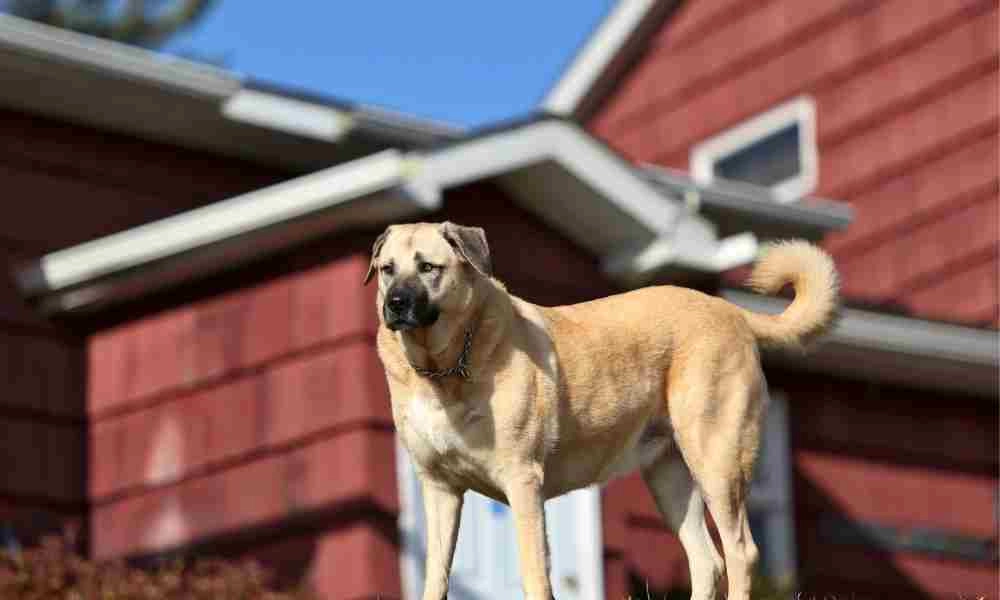
You may not have realized that your dog needs a cool-down after an intense run, hike, or power walk. Owners who work hard or are active with their dogs need to be on the lookout for them. These are some basic guidelines for cooling off properly after a workout.
Hydration is important for your health.
Take plenty of water with you and your dog when going on a hike, jog, or walk. You can stop for a water break every few miles or whenever you notice your dog panting. Allow your dog just enough water to satisfy her thirst. Do not allow your dog to drink large quantities of water all at once, since this may cause stomach upset.
Water bottle caps that release small amounts of liquid when the dogs lick the rollerball in the spout are a practical product for dogs. They can be attached to disposable standard water bottles. Use a water bottle that has a pop-up spout to control how much your dog drinks.
What to do when your dog gets hot?
Dogs should also be given the luxury of a cooling-down time after exercising, just as it is for humans. Slow down your pace and take a few minutes of casual walking at the end to let the dog’s heart rate and body temperature slow down. Once you arrive home, give your dog a massage or encourage her to stretch.
When it is particularly hot, you can use a wet towel to drape over your dog’s shoulders. You may be wondering “How long does my dog need to pant after exercising?” Consider this: if your dog pants heavily, and it doesn’t stop even when you slow down to take a break for water, or becomes weak or disoriented, contact a vet immediately.
You can wait to eat your food
Exercise your dog after eating, but not immediately afterward. This can cause digestive problems or even bloating. Remember that your dog is likely to be hungry following a vigorous workout. Feed your dog normal food after rehydrating and cooling off with small amounts of water.
Body Check
You will want to check your dog after each outing for ticks or other hazards, especially if you exercise outdoors away from urban sprawl. Insects can hide in the ear canal, between the folds of the skin, or under the stomach. Remove any burrs or foreign objects with your fingertips. Your dog may pick up small bits even in an urban area. You can include a relaxing and thorough brushing as part of your routine after completing a workout.
Foot Care
Remember that your dog’s feet should receive special attention. It is important to inspect the nails and pads of your dog’s feet after an active day. Look for cuts, cracked skin, blisters or dirt between your toes. Before checking your feet, you may need to wash and thoroughly dry your feet. Consult your veterinarian if you notice any severe wounds, damage or toenails or foot pads.